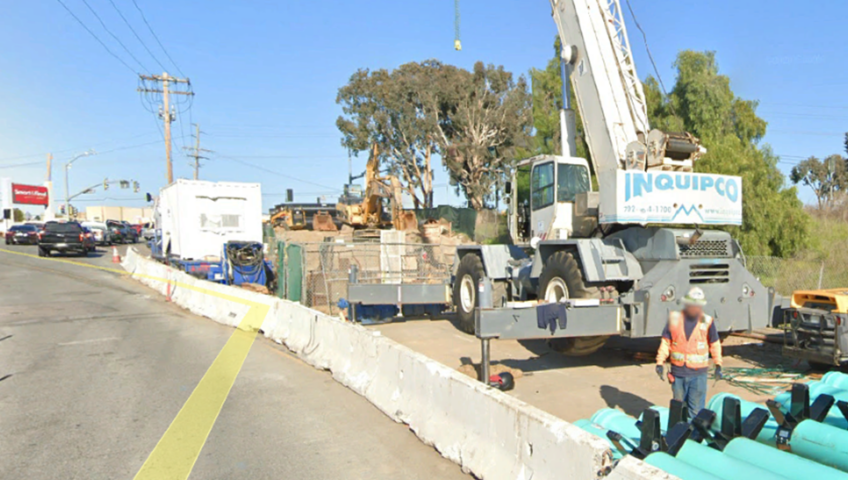Project Details
Microtunneling
- 4,300′ of 60″ RCCP gravity force main
- 10 drives under I-80, Hwy 50, UPRR, YSRR, Barge Canal
HDD
- 1,780′ of 24″ HDPE siphon under Barge Canal
Geotechnical Conditions
- Very soft to stiff sandy silt and stiff clay
- High groundwater
Challenges
- Densely developed urban neighborhoods
- Caltrans and railroad encroachment permits
- Drainage canal crossings
Project Overview
The West Sacramento Force Main and Barge Canal Project were elements of the larger Lower Northwest Interceptor Program that contained seven twin microtunneled crossings and a twin HDD crossing of the Barge Canal. As a subconsultant to CH2M Hill, Bennett Trenchless Engineers designed all of the trenchless crossings, including the 1,200-foot trenchless crossing of the Sacramento Barge Canal with twin 60-inch force mains and twin 20-inch force mains. In addition to the Barge Canal, the pipeline also passed beneath several railroad spurs and a flood control levee. Design concerns included high groundwater, traffic control, settlement constraints, railroad permitting and crossing U.S. Interstate 50. Bennett Trenchless Engineers performed full design services for this crossing, and six others, including a constructability analysis to determine the preferred trenchless construction method, basis of design report, alignment for the pipelines, cost estimates, schedules, technical specifications, drawing details, settlement calculations and risk evaluation.
Microtunneling was selected for construction of the twin 60-inch LNWI force mains, and horizontal directional drilling was chosen for the construction of the City of West Sacramento twin 20-inch force mains. The design of the two twin bores required minimizing the potential for hydrofracture into the Barge Canal, as well as means to reduce the risk of settlement damage to the rail lines, levee, and canal bottom. Challenges included complex geology and the presence of highly permeable alluvial conditions at the entrance and exit.










